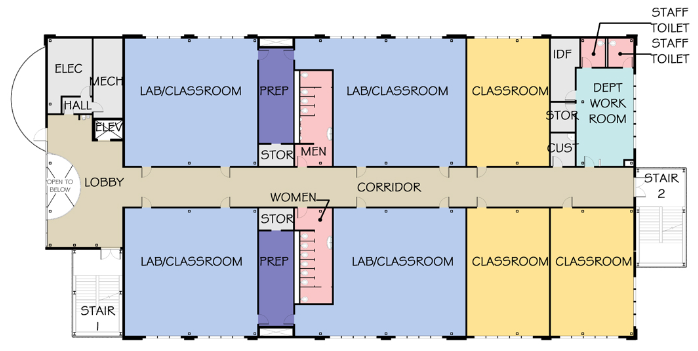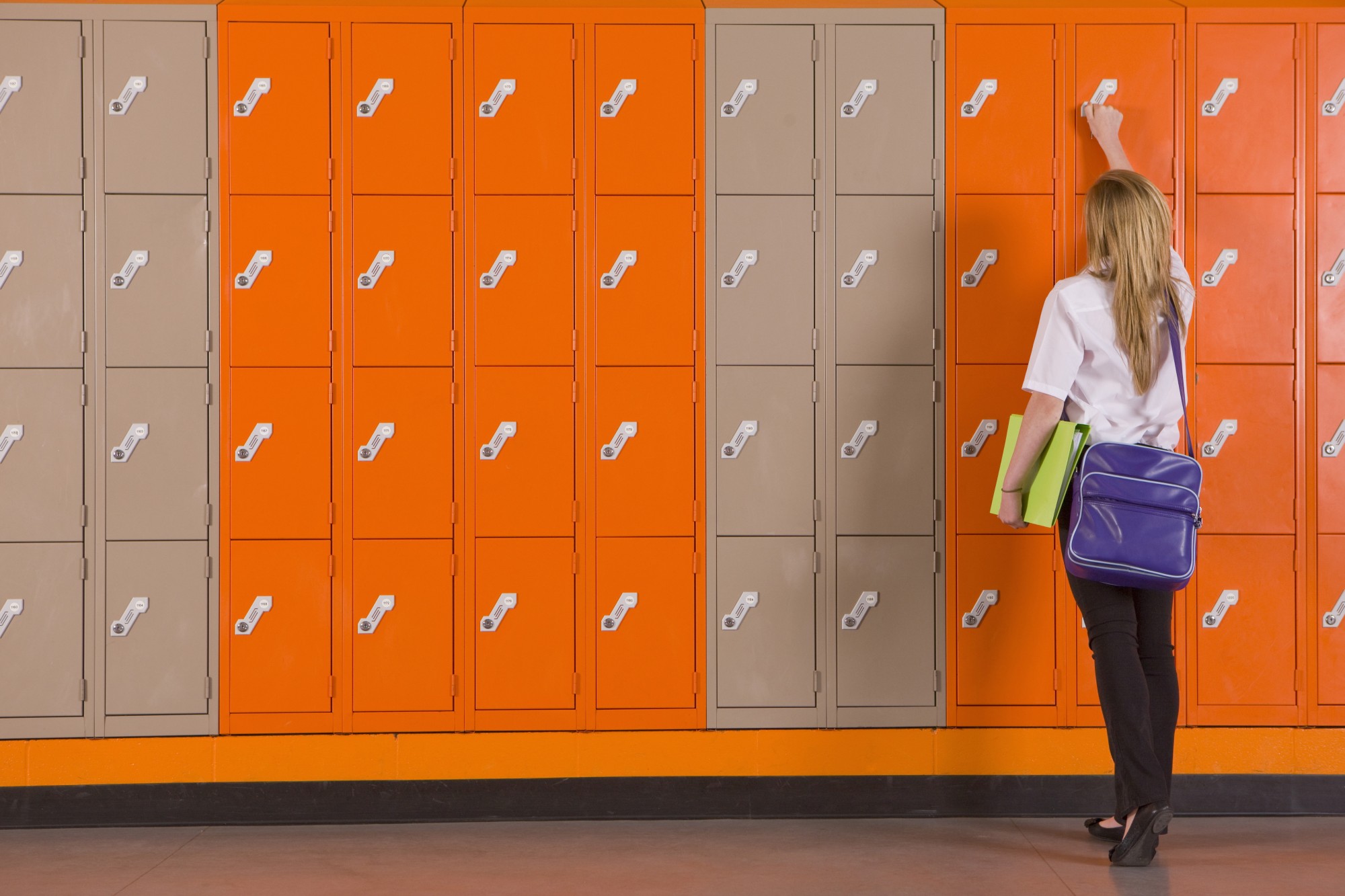
07929352069

Pupil numbers play a significant role in determining the Depreciated Replacement Cost (DRC) valuation of a school. The size, layout, and required facilities of a school building are directly influenced by the number of pupils it accommodates, making it a key factor in any accurate valuation.


The DRC method reflects the cost of rebuilding a school to meet current standards — and one of the most critical inputs is the amount of space required for its educational purpose. As pupil numbers change, so do the spatial demands for classrooms, communal areas, sports facilities, and specialist teaching spaces.
To guide this assessment, valuers refer to official Department for Education (DfE) guidance in the form of Building Bulletins:

The Department for Education (DfE) provides guidance through these building bulletins to help valuers assess the minimum space requirements for schools of different sizes and types. These bulletins outline space standards that are used as a reference point when determining the space needs of schools based on their pupil numbers. Here's a breakdown of how each bulletin is used in DRC valuations:


As a school’s pupil numbers increase or decrease, the space needed for educational activities and the layout of the building may need to adjust. Valuers will often refer to the space requirements set out in these bulletins to assess how much space is necessary for the school's current and projected pupil numbers.

To ensure your DRC valuation is accurate and appropriately reflects pupil demand, provide:


Interpreting DfE Space Standards in Practice
While DfE Building Bulletins 98, 99, 103 and 104 provide essential guidance on space requirements for different types of schools, they are not statutory regulations. Many schools, especially older or uniquely designed sites, may not fully align with these standards — yet still operate efficiently and effectively.
In such cases, the valuation process must be informed by both official guidance and practical realities. Discussions with the Academy Trust are crucial to understand how the current facilities are meeting operational needs. If the existing layout supports current and future pupil numbers, this will be reflected in the assessment — even where deviations from the bulletins exist.
This balanced approach ensures that valuations are both technically robust and contextually accurate.
Why This Matters
Referring to the correct space standards ensures your school isn’t undervalued or overstated — and that the valuation reflects the true cost of rebuilding your premises to meet current and future educational demands

If your academy currently serves 400 pupils but expects an increase to 600, valuers would refer to BB98, BB99, BB103 & BB104 to understand how much additional space is required for the extra pupils. The DRC valuation would then increase to account for the cost of building the additional space, such as classrooms, hall areas, and potentially more extensive facilities. Conversely, if pupil numbers were to decrease, the valuation could be adjusted to reflect the reduced space requirements.
